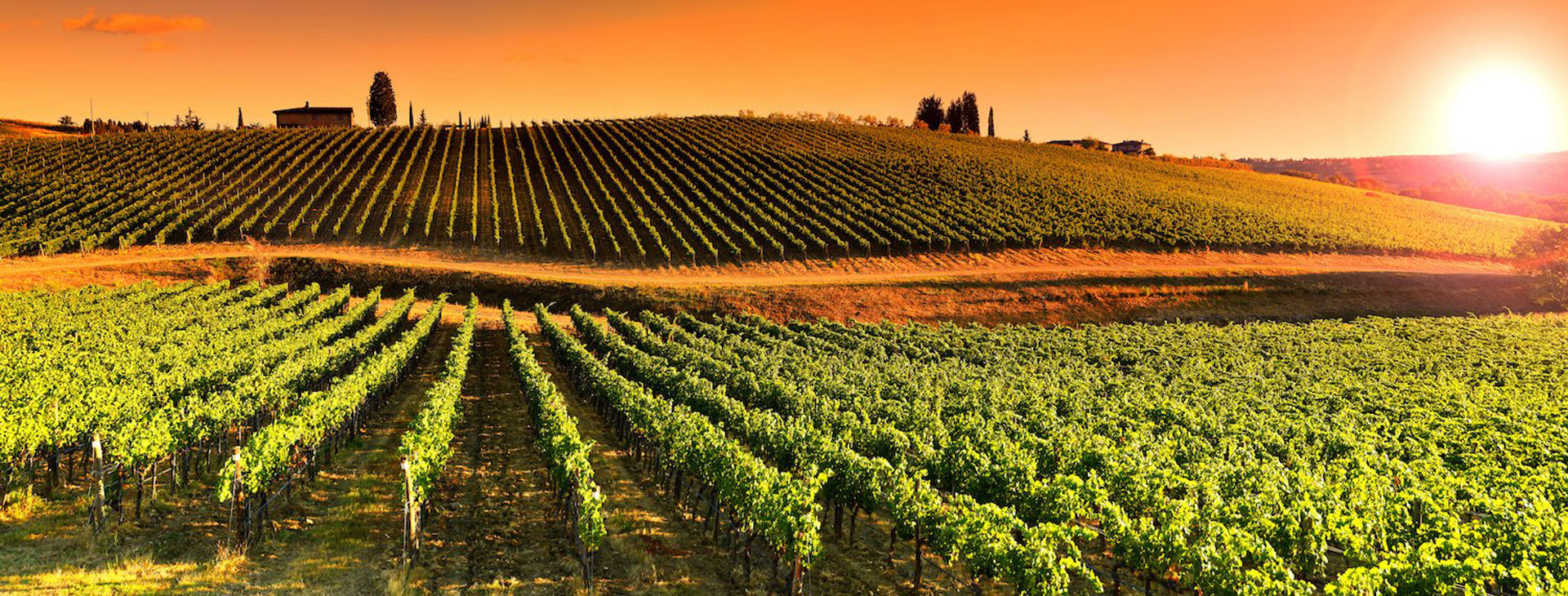- Global (English)
- Compare

How climate change can affect the wines and wine industry?
Can you imagine Norway, as one of the wine production centers of the world? Does it sound like science fiction? No matter how much we want to avoid it, this can become reality.
Climate change seriously affects the wine industry as well. We’ve summarized the aspects of how global warming can change in the next few decades our favourite wines and the world’s wine regions.
Wine grapes are extremely sensitive to climate
The grape varieties used for winemaking are maybe the most sensitive kind of plants in the world. It’s difficult to count how many factors can affect the quality of the harvest and wine in parallel.
The areas with their special climate are pretty much optimal for some traditional and popular wine grapes. They can not even survive under quite poor conditions, digging their roots deep in the lower quality soil, relatively often these not-so-optimal conditions form the basis of high-quality wines.
It seems like due to the climate change this kind of special areas can disappear just in a few decades. Let’s check some of the key indicators.
Advancement in harvests due to rising temperatures
It’s just enough to check the exact date of harvests regarding the last 20-25 years to recognize that global warming strongly affects the time when harvest exactly happens. Forecasts say that as a result of the rise of each degree Celsius harvest will come about a week earlier.
Although there are some extreme areas and grape types where harvest comes nowadays almost one month earlier compared to 25 years ago. The rescheduling harvest period is quite easy to resolve, but in the meantime, climate change can have a huge impact on the quality as well.
Because results spectacularly show that any type of wine grapes are ripening differently due to the changed circumstances, not to mention the loss of quality in the resulting wines.
It’s time to redefine the ideal regions of wine making
Traditionally the southern and southeastern gentle slopes are the ideal wine-growing terrains. Due to global warming, this tradition may change radically, for example, by using the northern slopes as well.
The other tendency is to plant wine grapes in ever-higher areas. Nowadays plantations around between 900 and 1500 meters are not rare, furthermore, some winemakers in Argentina are experimenting with vineyards between 1500 and 3000 meters.
Although they need to face challenges like poor soil conditions, unexpected frosts and hail appear as challenges.
How climate chane can affect our favourite wines
If our climate will change by following the actual way, more than half of the best riesling regions can go bust just in a few decades. The forecast is similar regarding pinot noir, and optimal areas of cabernet sauvignon can be limited as well.
It’s difficult to estimate how this process can affect flavors, aromas. At the same time Scandinavian countries, for example, Norway can just prepare to become on of the main wine regions in the future.
Conclusion
The negative signs of climate change are more powerful year after year and global warming can slowly transform many things we got used to it and loved it. Traditional wine types and wine regions can ben on of them.
Maybe the change will not happen overnight, but the negative process is clearly outlined. If our common goal is to preserve our favourite wines, it’s time to rethink how we treat our environment.